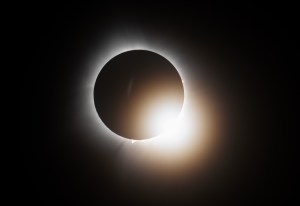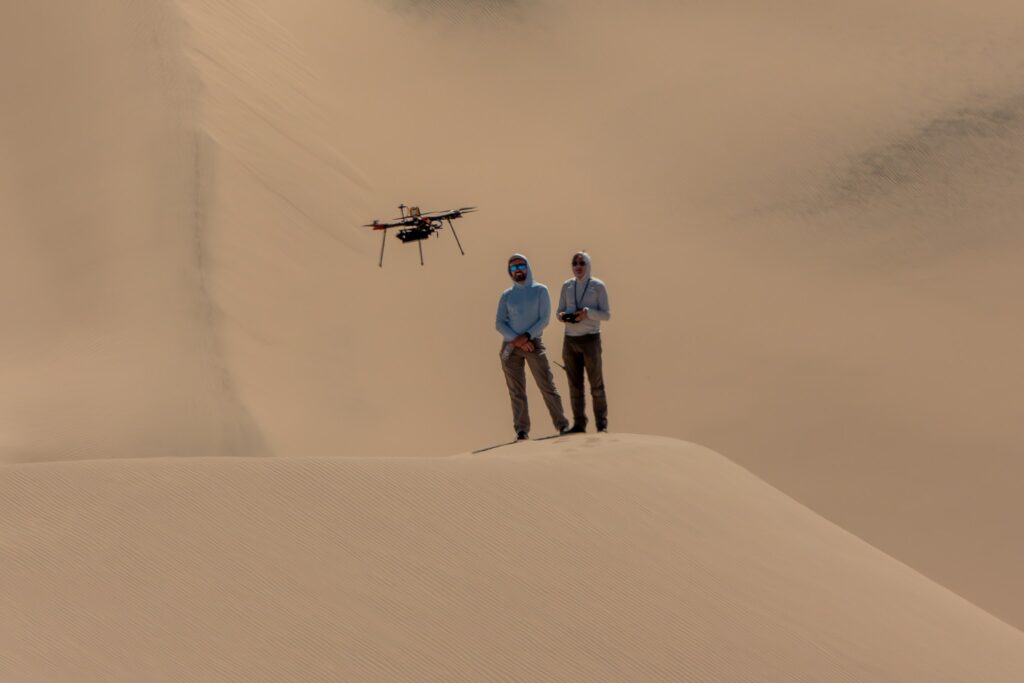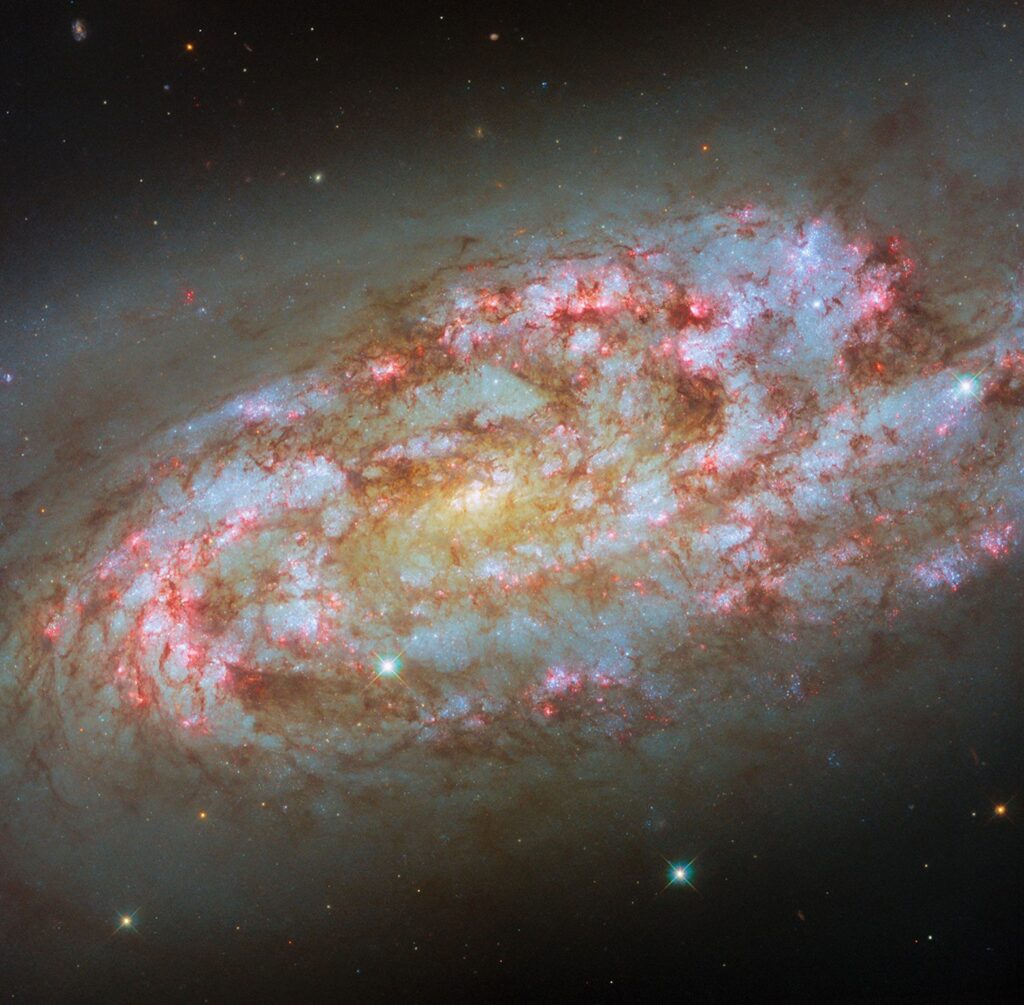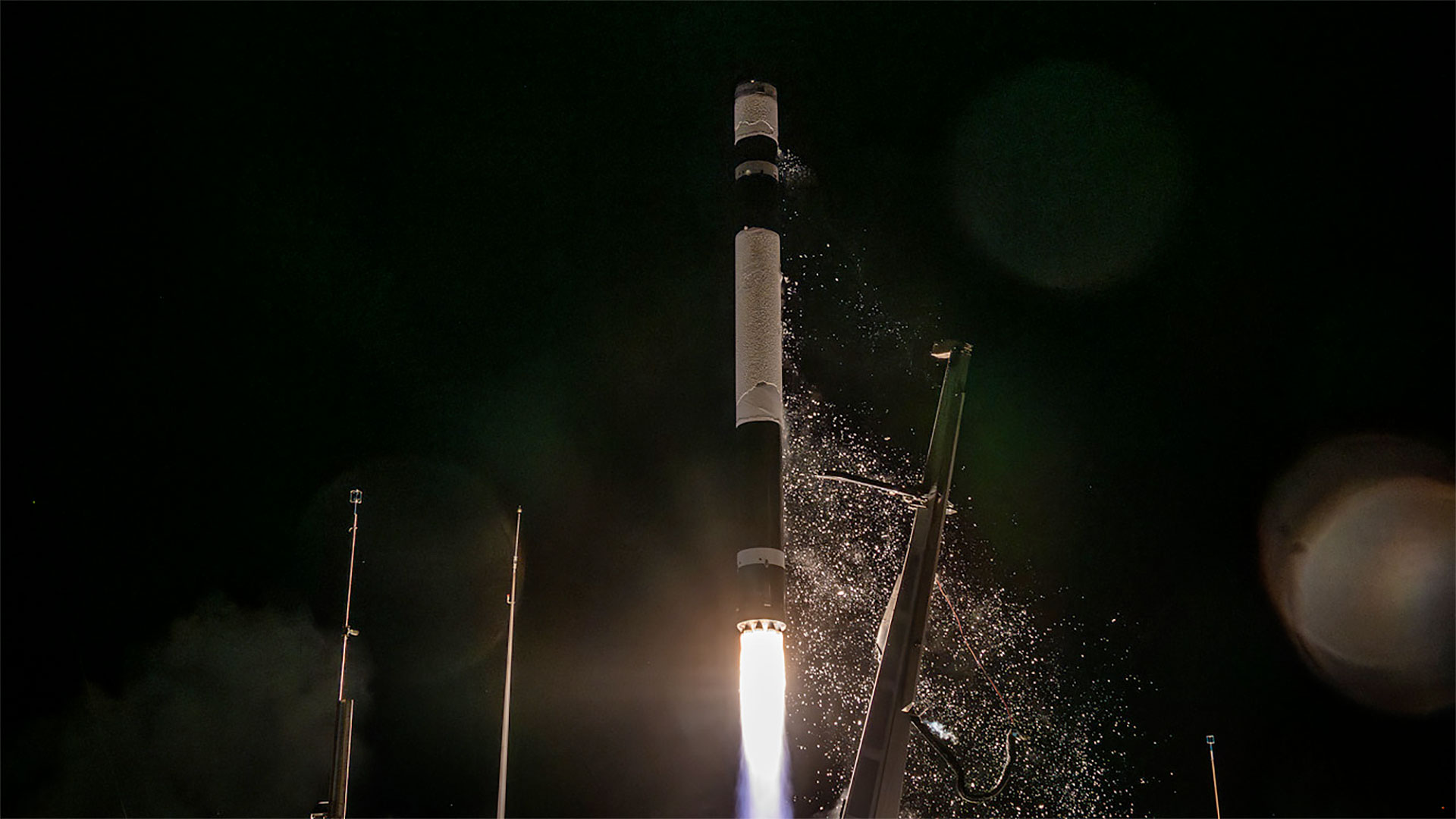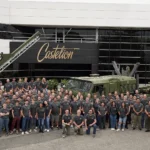Now Reading: China and SpaceX Lead New Era in Space Exploration Efforts
-
01
China and SpaceX Lead New Era in Space Exploration Efforts
China and SpaceX Lead New Era in Space Exploration Efforts
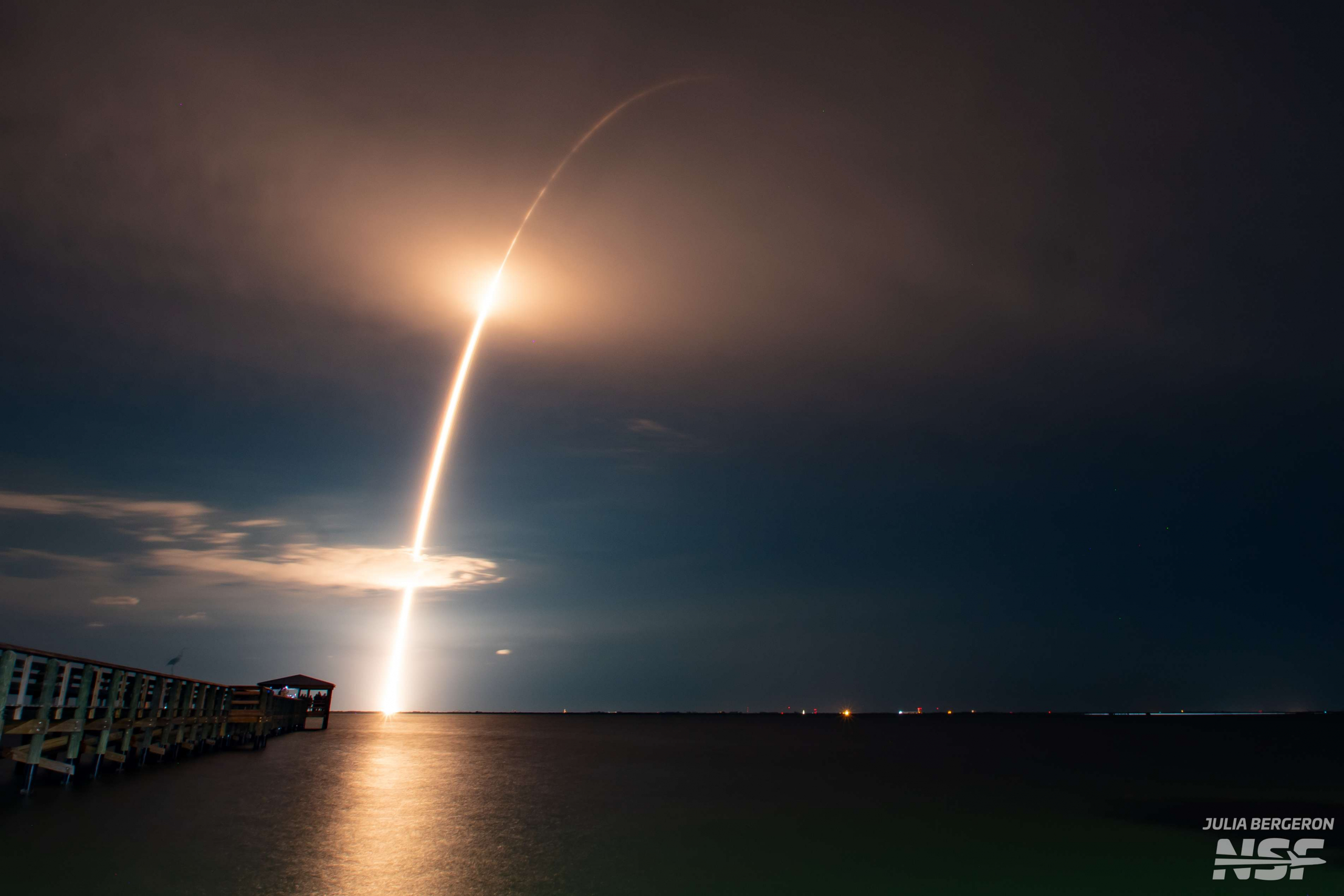

This week marks a notable period in the sphere of space exploration, highlighted by the imminent launch of China’s Tianwen 2 asteroid sample return mission and a slew of significant operations from SpaceX’s Falcon 9 rocket. The interconnections between these events illustrate humanity’s quest to expand its understanding of the cosmos and harness its resources.
The Tianwen 2 mission, executed by the Chinese Aerospace Science and Technology Corporation (CASC), will embark on a 30-month journey aimed at collecting samples from the near-Earth asteroid 469219 Kamoʻoalewa, also designated as 2016 HO3. This mission signifies China’s first venture into asteroid sample return, an accomplishment that aligns with similar objectives achieved by NASA’s OSIRIS-REx mission.
During its expedition, the Tianwen 2 spacecraft will not only gather approximately 1,000 grams of asteroid material but will also perform a “touch-and-go” maneuver to facilitate sample collection. Such acts are paramount, as they will deepen our understanding of the Solar System’s formation and the materials that compose it. Following the sample collection, the spacecraft will use a gravity assist from Earth to transition towards the main belt active asteroid 311P/PANSTARRS, furthering its scientific mission beyond the initial target.
The Chang Zheng 3B/E rocket, which launched Tianwen 2 from the Xichang Satellite Launch Center, stands as a testament to China’s growing capabilities in the aerospace sector. As the 168th mission of the Chang Zheng rocket family, it underscores the commitment to advancing space technology that has garnered international attention.
In parallel to this exciting Chinese mission, SpaceX is preparing for multiple launches using its Falcon 9 rocket, which has become synonymous with reliability and reusability in the space industry. Notably, the Starlink Group 10-32 mission took flight from Kennedy Space Center, successfully deploying 27 Starlink v2 Mini satellites into low-Earth orbit. The resilience of Falcon 9 is exemplified in the missions undertaken by its reusable boosters, with the B1080 booster completing its 19th flight, showcasing an incredible feat of engineering.
The upcoming Falcon 9 GPS III SV08 mission signifies a critical role for the United States Space Force. Scheduled for launch on Friday, the mission is paramount for global positioning systems, which are vital for both military and civilian applications. Originally designated for a ULA Vulcan rocket, the reassignment to Falcon 9 exemplifies the dynamics of the launch market and SpaceX’s ability to adapt quickly to mission requirements. With a narrow 15-minute launch window, precision is essential, further emphasizing the meticulous nature of these missions.
SpaceX’s various Starlink launches are part of a broader strategy to improve global internet connectivity. With the upcoming Starlink Group 11-18 mission launching from Vandenberg Space Force Base, SpaceX is set to continue expanding its constellation, ensuring that internet access transcends geographical barriers.
Further intensifying the week’s activities are Blue Origin’s crewed New Shepard missions, which are set to provide participants with a brief experience of microgravity and a perspective of our planet from space. The crewed flight slated for Saturday will further the conversation on suborbital travel and its potential for scientific discovery and tourism.
As tantalizing as these developments are, they reflect a larger narrative of human ingenuity and ambition. The missions from both China and SpaceX herald a new era of exploration, where countries and private enterprises vie not only for technological advancement but also for the opportunity to answer the age-old questions of our place in the universe.
This week’s endeavors encapsulate the spirit of exploration, from the depths of our solar system to the expansive networks enabling communication across the globe.
Stay Informed With the Latest & Most Important News
Previous Post
Next Post
-
 012024 in Review: Highlights from NASA in Silicon Valley
012024 in Review: Highlights from NASA in Silicon Valley -
 02Panasonic Leica Summilux DG 15mm f/1.7 ASPH review
02Panasonic Leica Summilux DG 15mm f/1.7 ASPH review -
 03How New NASA, India Earth Satellite NISAR Will See Earth
03How New NASA, India Earth Satellite NISAR Will See Earth -
 04And Thus Begins A New Year For Life On Earth
04And Thus Begins A New Year For Life On Earth -
 05Astronomy Activation Ambassadors: A New Era
05Astronomy Activation Ambassadors: A New Era -
06SpaceX launch surge helps set new global launch record in 2024
-
 07From Polymerization-Enabled Folding and Assembly to Chemical Evolution: Key Processes for Emergence of Functional Polymers in the Origin of Life
07From Polymerization-Enabled Folding and Assembly to Chemical Evolution: Key Processes for Emergence of Functional Polymers in the Origin of Life












